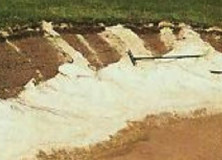You are browsing the Blog for Articles.
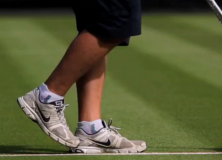
A Day in the Life: The Grass of Wimbledon
Wimbledon is the only Grand Slam that has a day free of play in the middle of the tournament. Why? It has nothing to do with old-fashioned British decorum. Nor is it a hangover from the days when everything closed on Sundays and everyone, except emergency workers, had ‘the seventh day’ off to recharge. The All England Club is closed on Middle Sunday simply to give the courts a breather. It’s all about the grass.
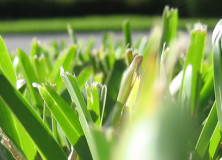
Entomology Update from the Turfgrass Entomology Lab at PSU
We have had a rapid change in the development of our ABW populations in PA since my last blog entry (though it appears we are in a slight cool down at the moment). Early instar larvae were abundant in samples from across the state mid-week last week (May 13th). Our plant indicators that signal optimal larvicide timing (Rhododendron catawbiense – which I have been misspelling for a long time) have gone into full bloom in a relatively short time frame. If you are intending on putting down a larvicide, now would be a good time, as the population of larvae residing in the plant are beginning to appear in the soil.
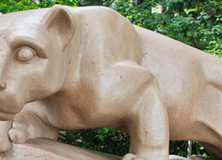
Congratulations to the Turfgrass Management Masters of Professional Studies Graduates!
Congratulations to the graduates of the Turfgrass Management Masters of Professional Studies class of 2015!

Congratulations to PTC Scholarship Winners!
Congratulations to Turfgrass Science students Bill Ellinger and Chris Marra, recipients of the 2015 Pennsylvania Turfgrass Council scholarships!
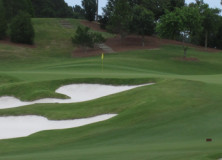
Register Now for the 2015 Annual Sport Administration Golf Outing!
Register Now for the 2015 Annual Sport Administration Golf Outing!
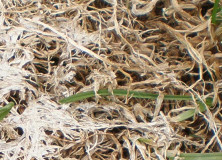
Why do some lawns have more snow mold than others?
The winter of 2015 is finally over, and in its wake are brown lawns, many with bleached patches of matted, crusty grass. The patches are symptoms of a disease called snow mold, caused by one or more cold-tolerant fungi that attack plants under snow cover. The two most common snow mold diseases occurring in Pennsylvania are gray snow mold and pink snow mold, caused by Typhula incarnata and Microdochium nivale respectively.

Scholarships Awarded to Class of 2015
Congratulations to the scholarship winners of the 2-year turfgrass management program class of 2015.

Congratulations to Recent 2-Year Program Graduates
Congratulations to the 2-year program's class of 2015 who graduated this past Saturday, March 7, 2015.
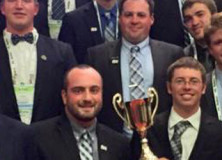
Penn State team dominates 21st GCSAA Turf Bowl, places three teams in top 10
Penn State University placed three teams, including the champion foursome, in the top 10 of GCSAA's 21st annual Collegiate Turf Bowl Competition presented in partnership with John Deere Golf, Feb. 26 at the Golf Industry Show in San Antonio.
